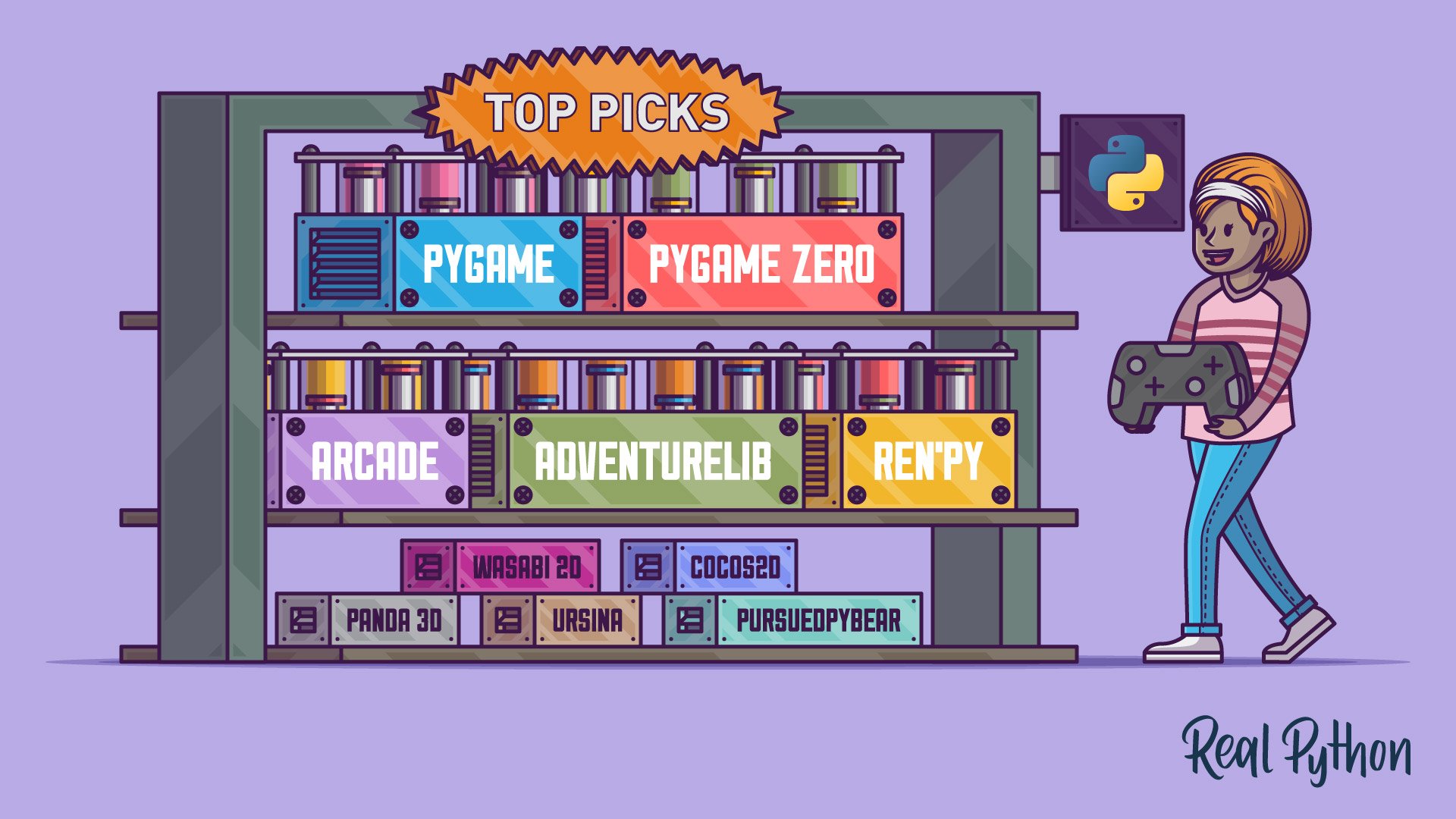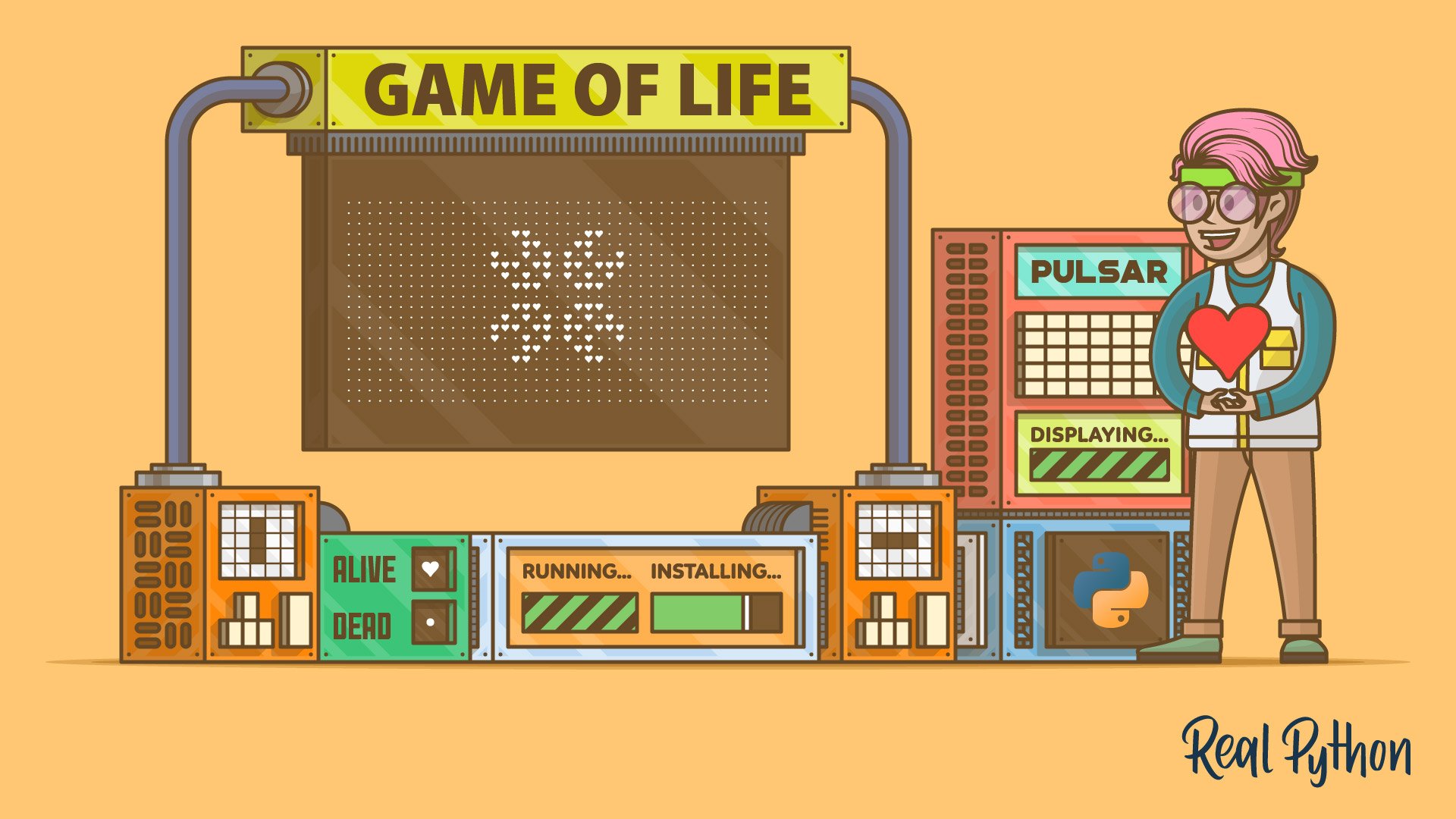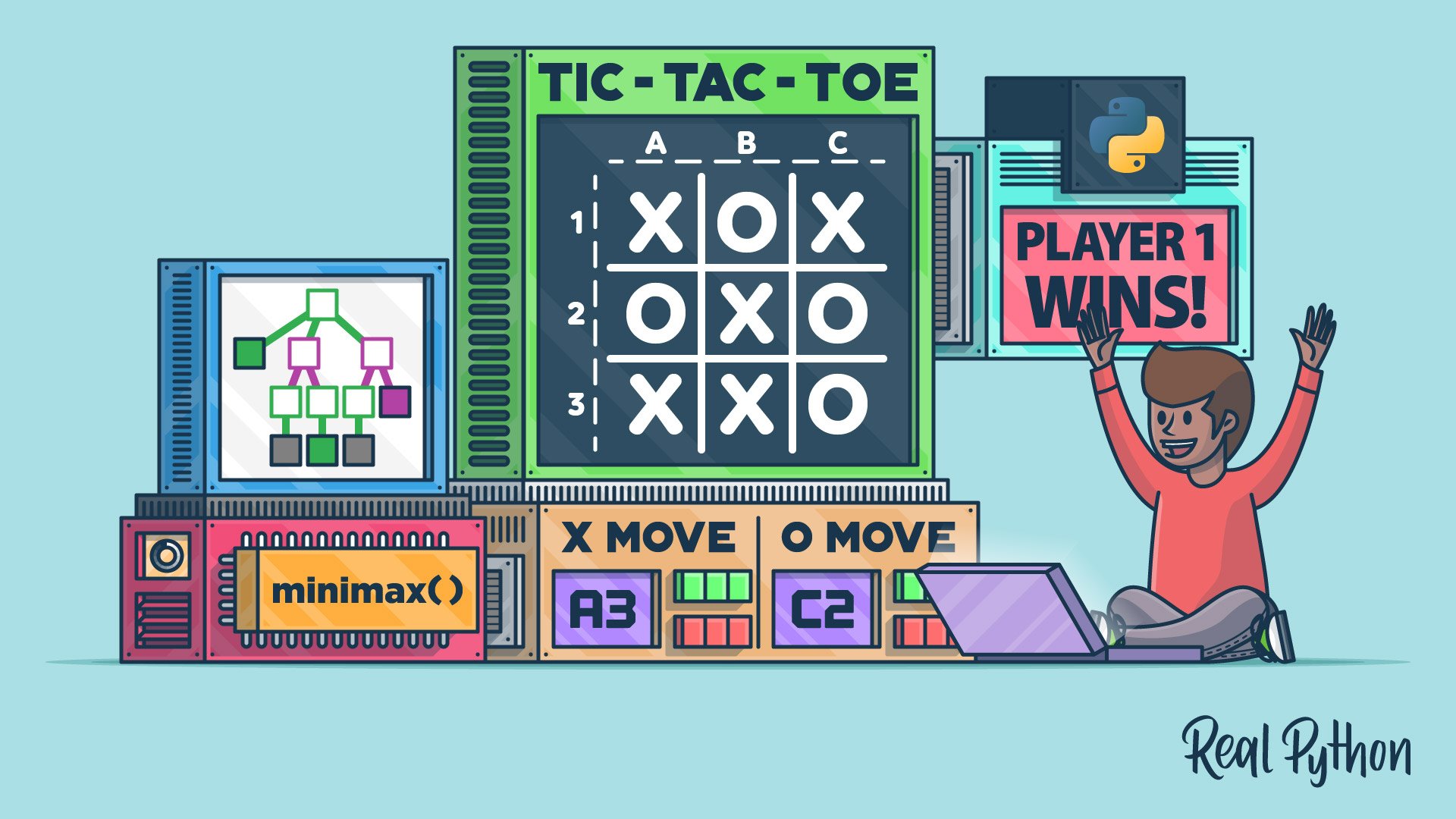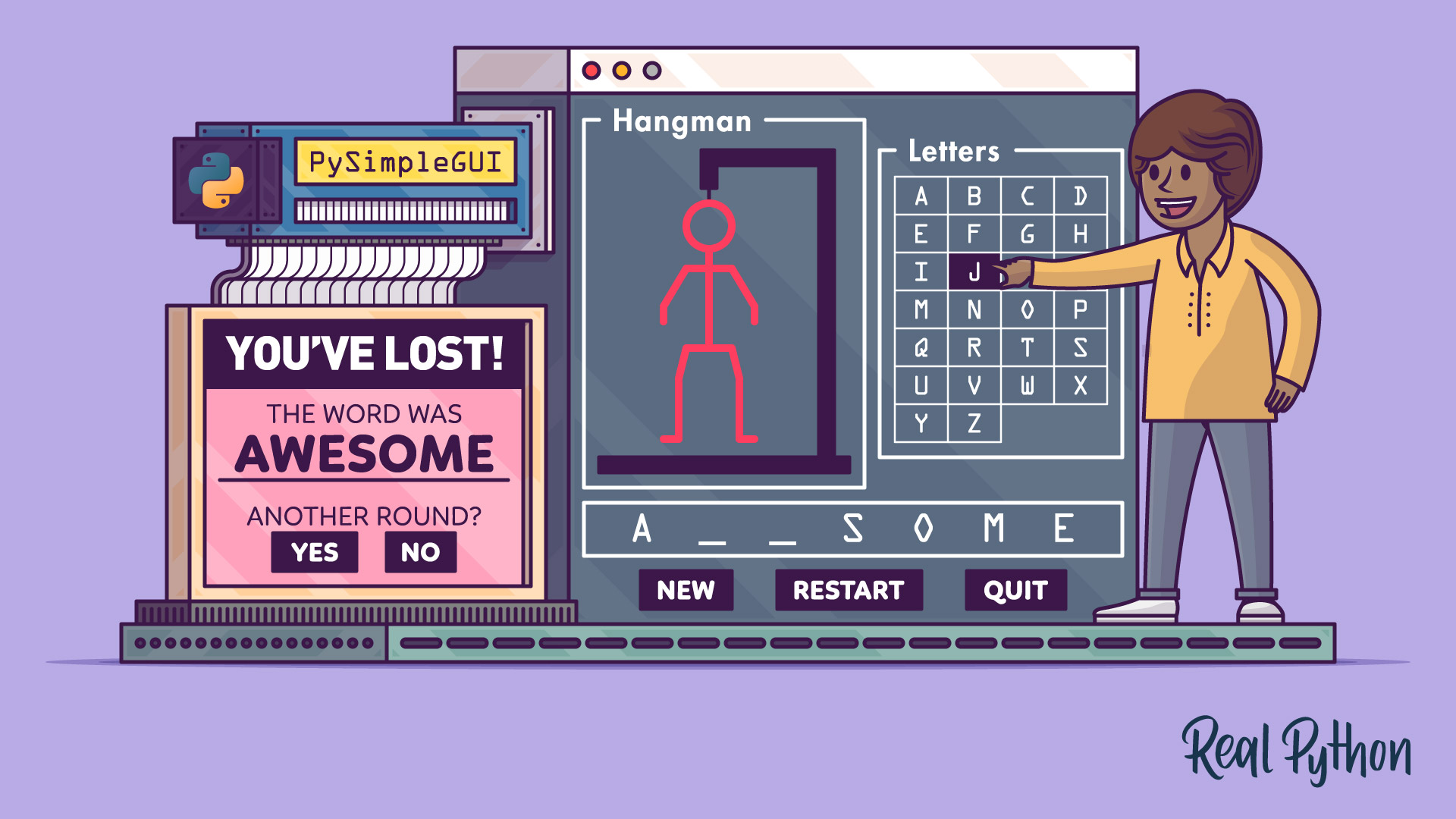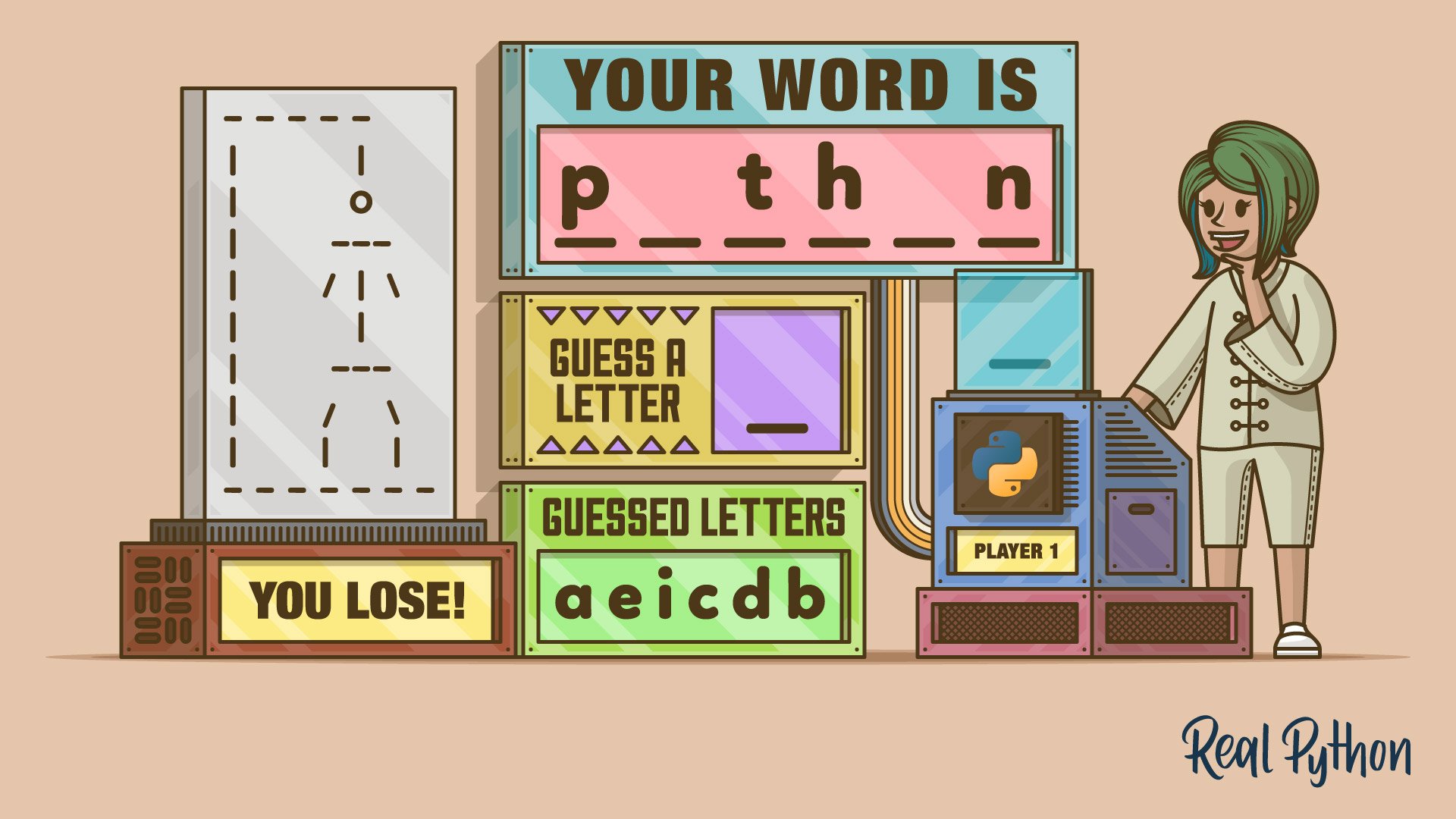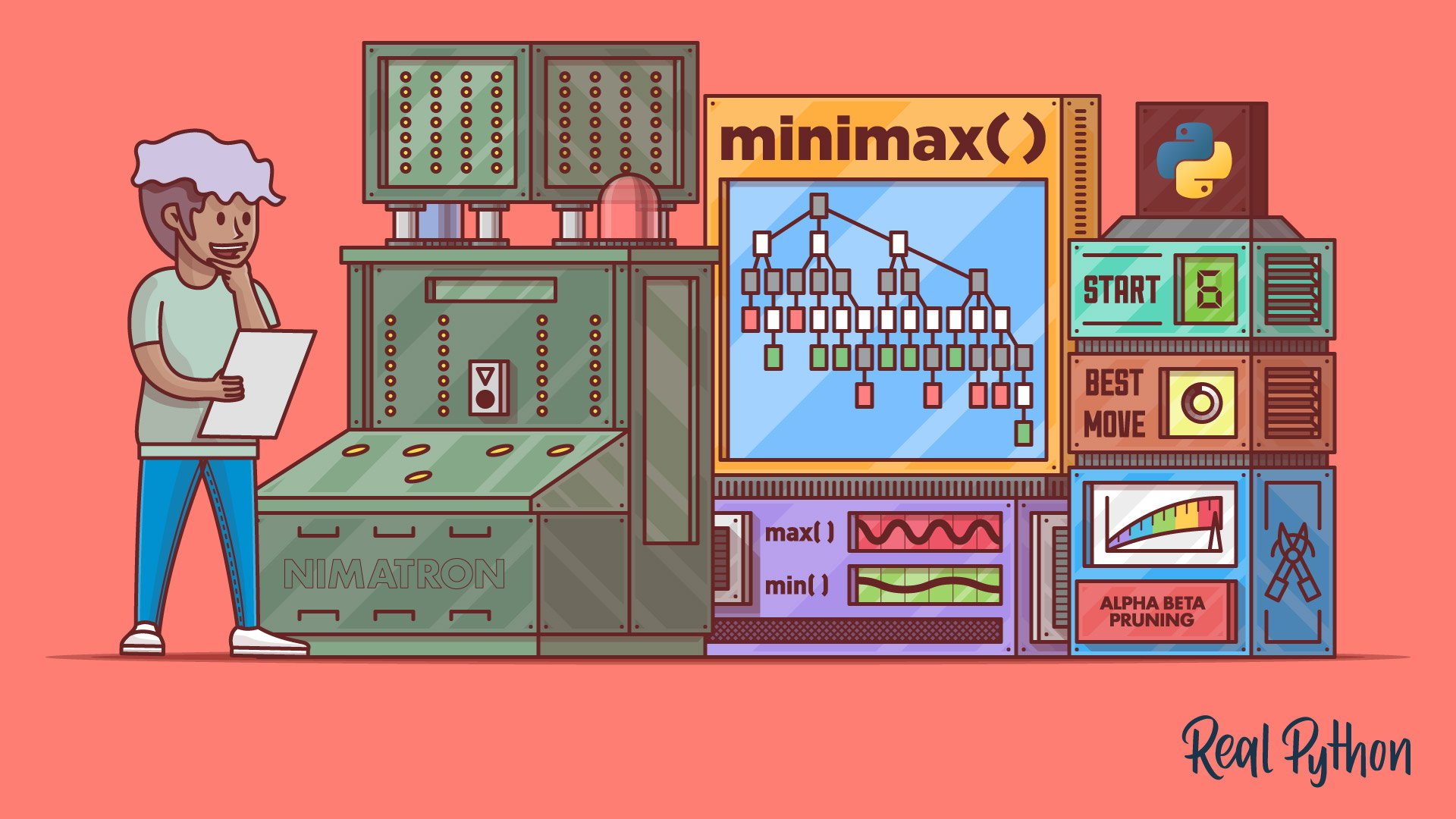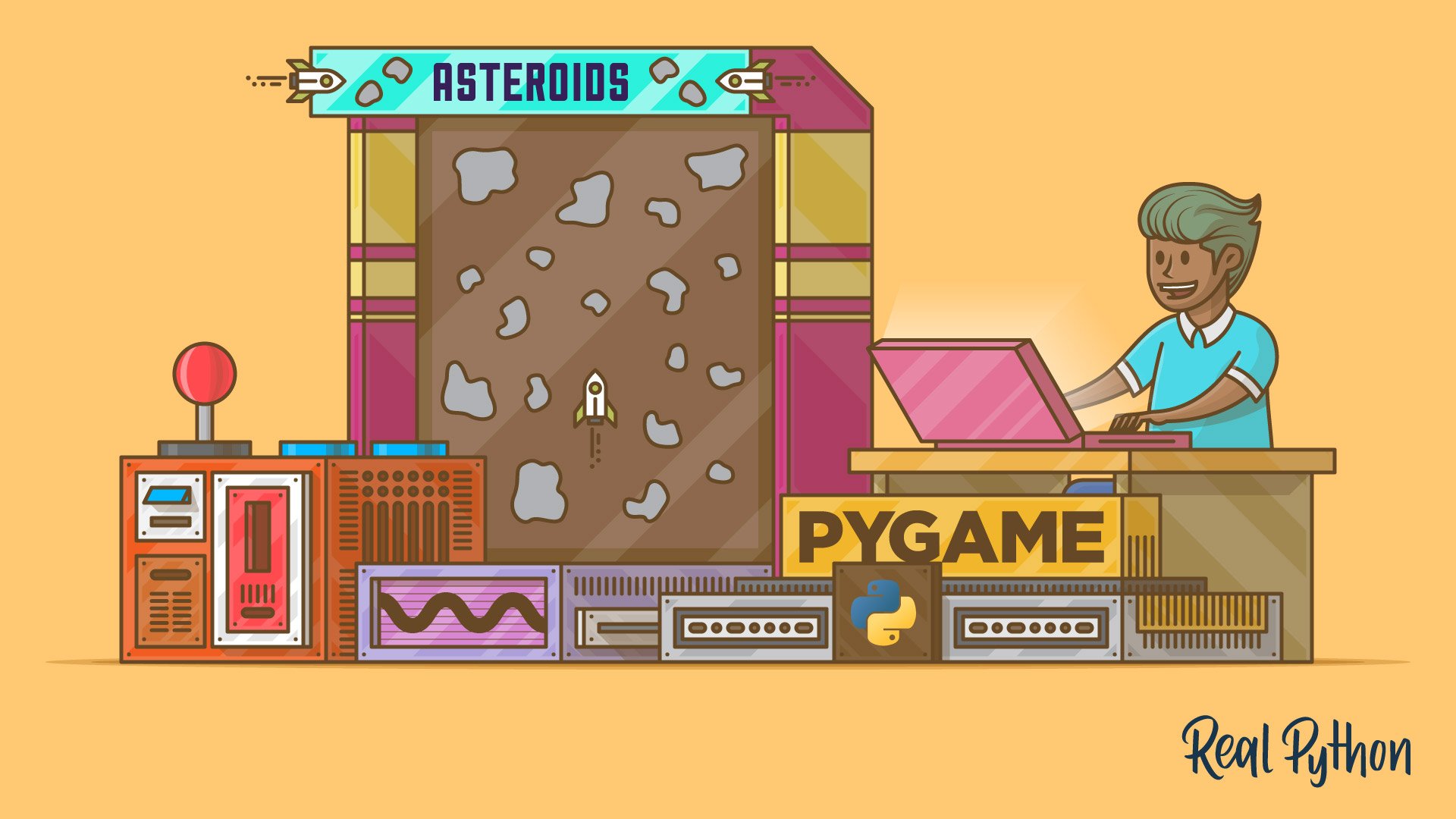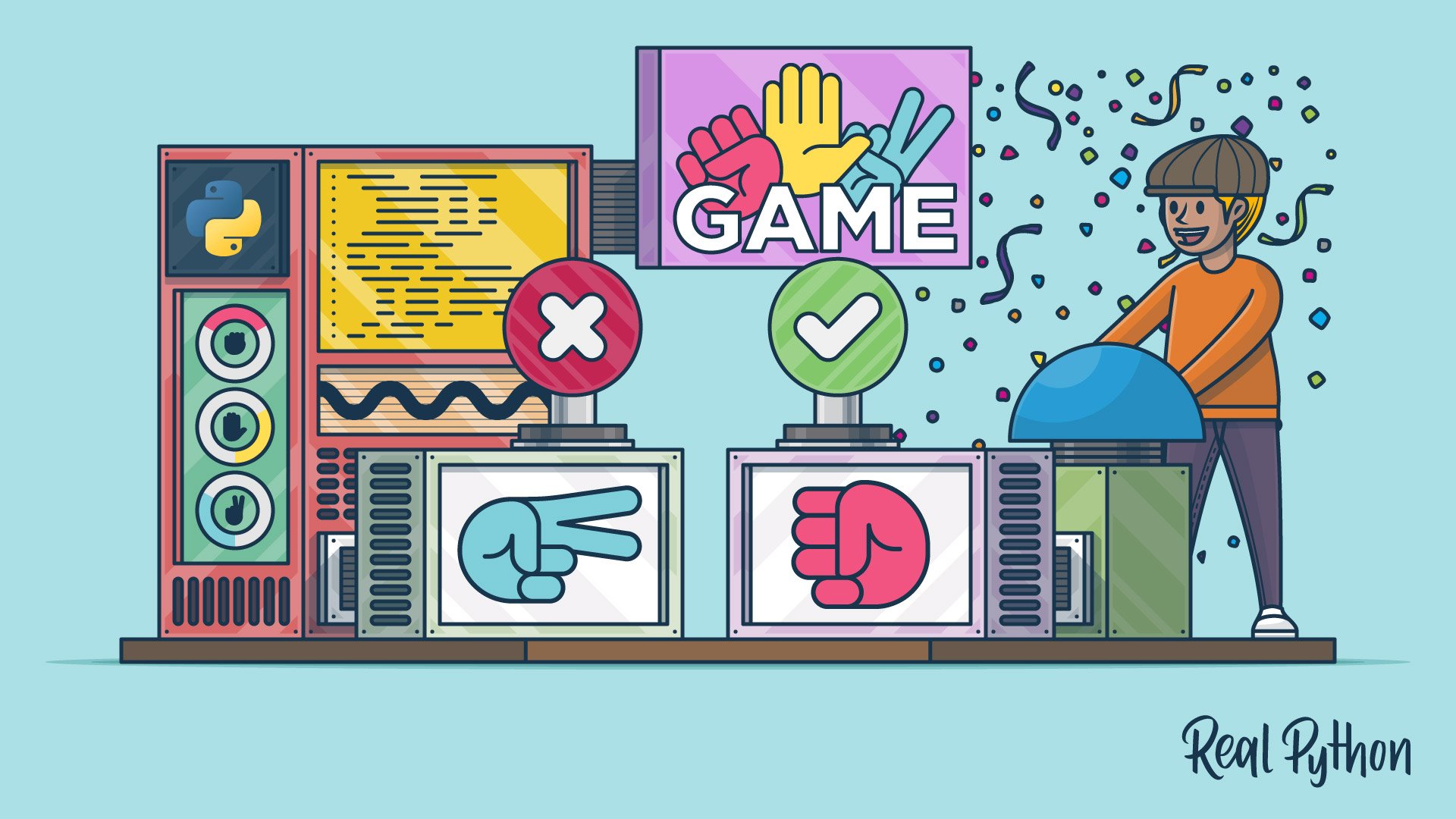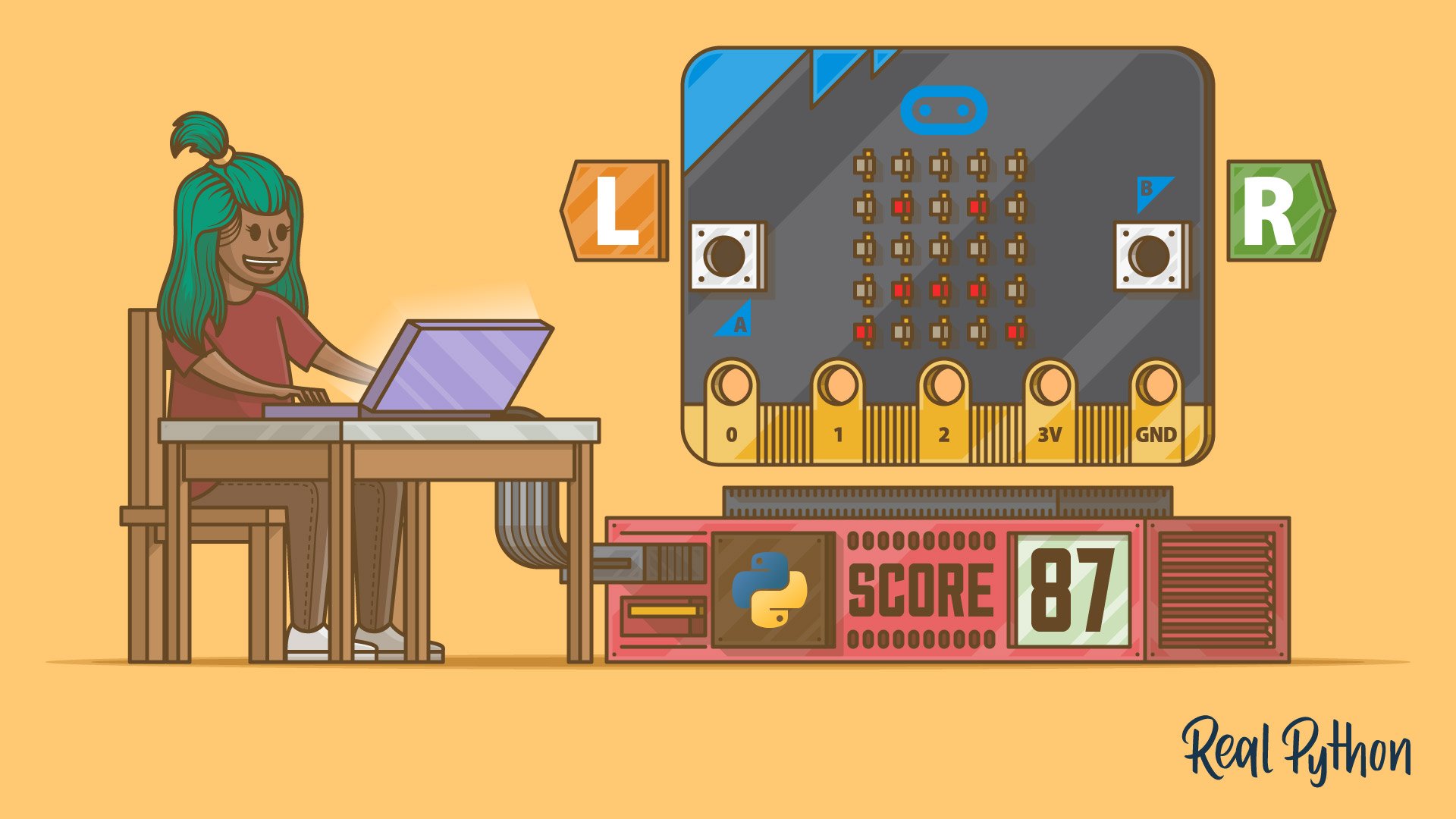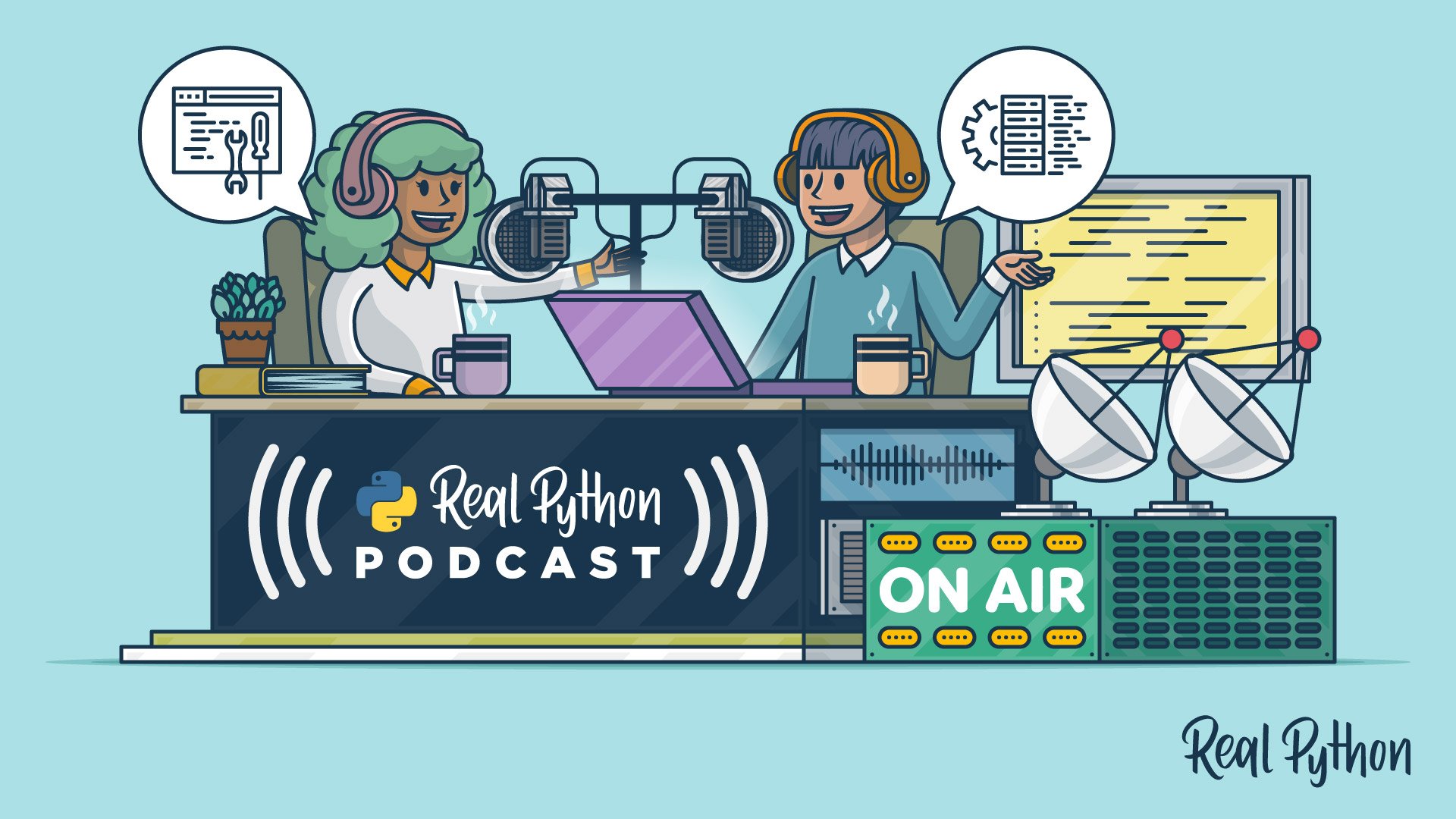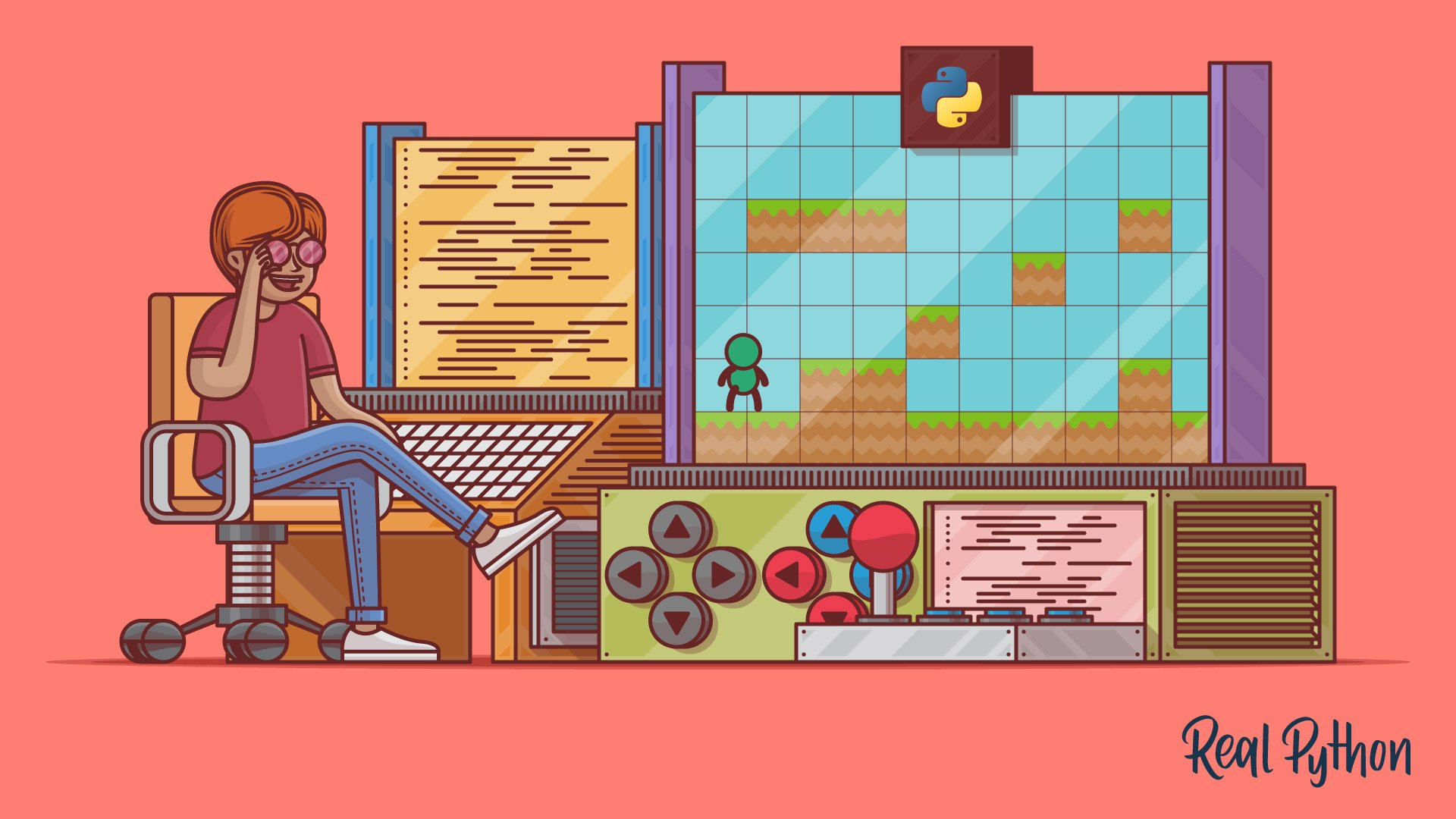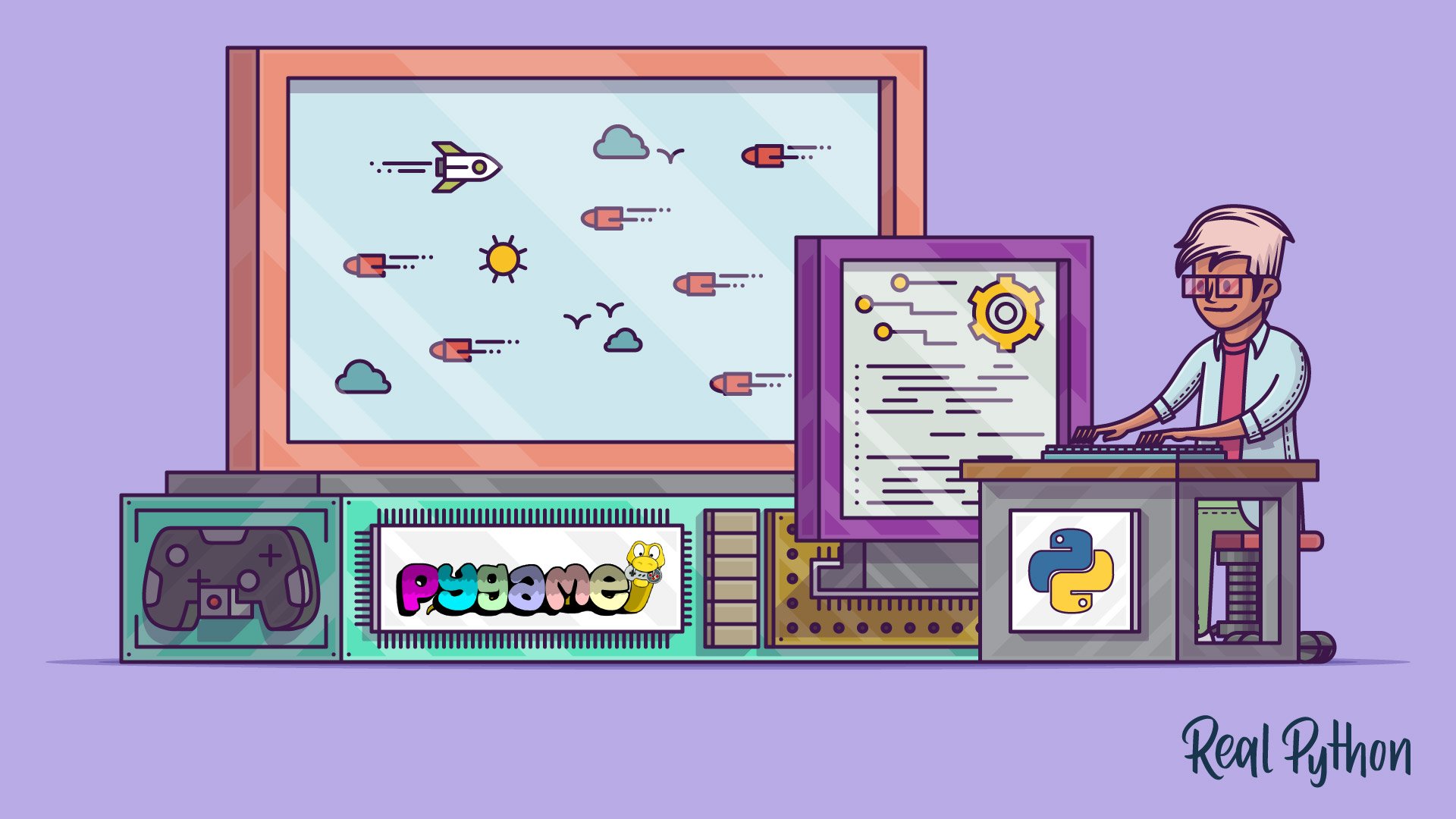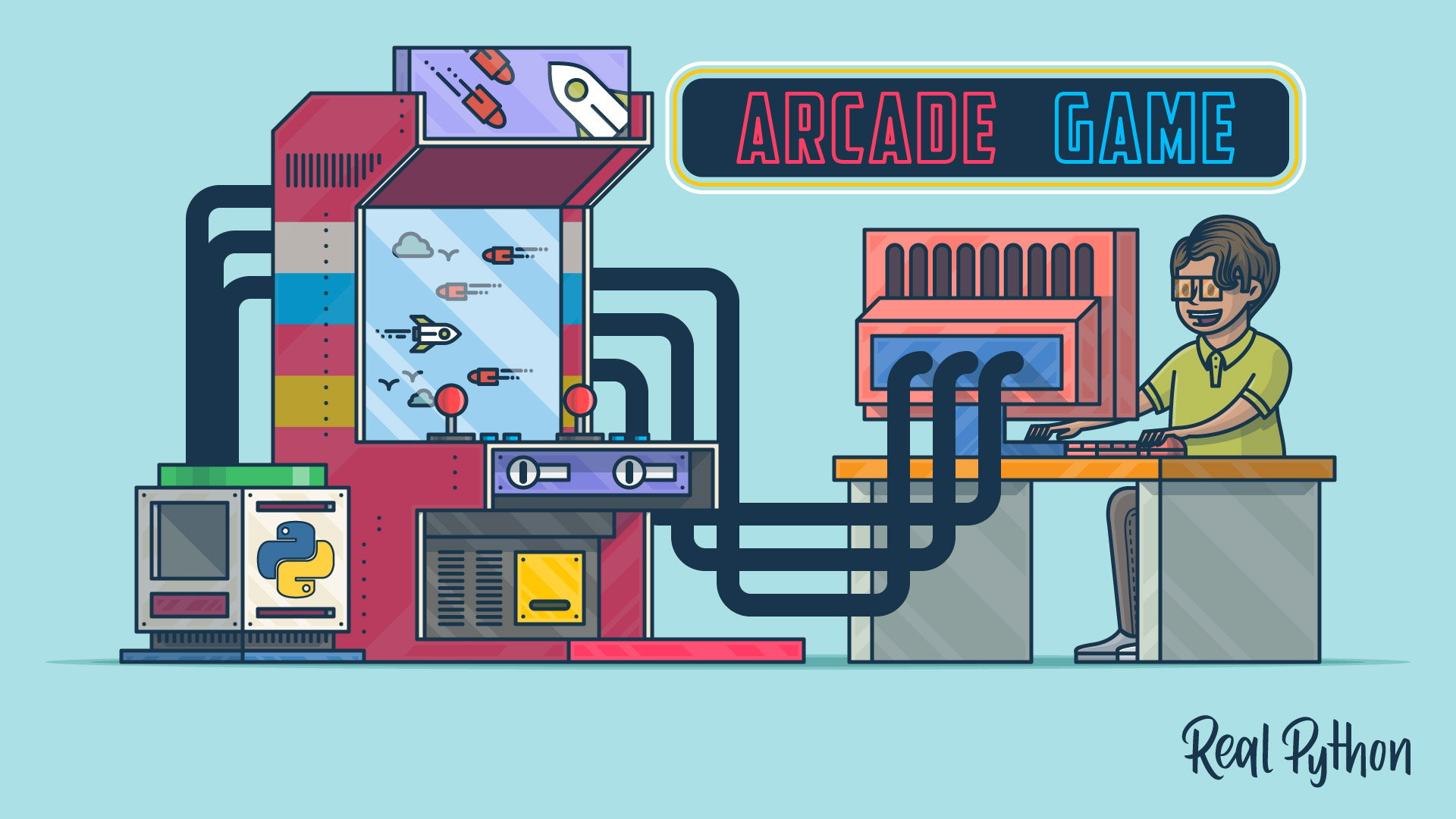Python Game Development Tutorials
Building games in Python teaches core programming concepts, from simple text adventures to 2D platformers with graphics and sound. Game development helps you work with loops, conditionals, functions, classes, and event handling in a fun, visual way. Create your own games and share them with friends.
Join Now: Click here to join the Real Python Newsletter and you’ll never miss another Python tutorial, course, or news update.
Python game libraries like Pygame for 2D games, Arcade for modern game development, and Panda3D for 3D projects power your game projects. Implement game mechanics like collision detection, sprite animation, scoring systems, and user input handling. Apply object-oriented programming, algorithms, and problem-solving skills to bring your game ideas to life.
Python works well for indie games, prototypes, and educational games. Performance limitations make it less common for AAA titles, but games like EVE Online use Python. Consider Python for 2D games, game tools, or rapid prototyping before moving to engines like Unity or Godot.
Install Pygame with pip install pygame. Create a game window, set up a game loop with event handling, and draw shapes or load images. Handle keyboard input, move sprites, and detect collisions. Start with simple projects like Pong or Snake.
Game development teaches loops for the game loop, conditionals for game logic, functions to organize code, and classes for game objects. You work with coordinates, collision detection algorithms, event handling, and state management. These skills apply to all programming.
Use Pygame to load images with pygame.image.load() and sounds with pygame.mixer.Sound(). Draw images to the screen with blit(), play sounds on events, and use sprite groups for animation. Free assets are available on sites like OpenGameArt and itch.io.
